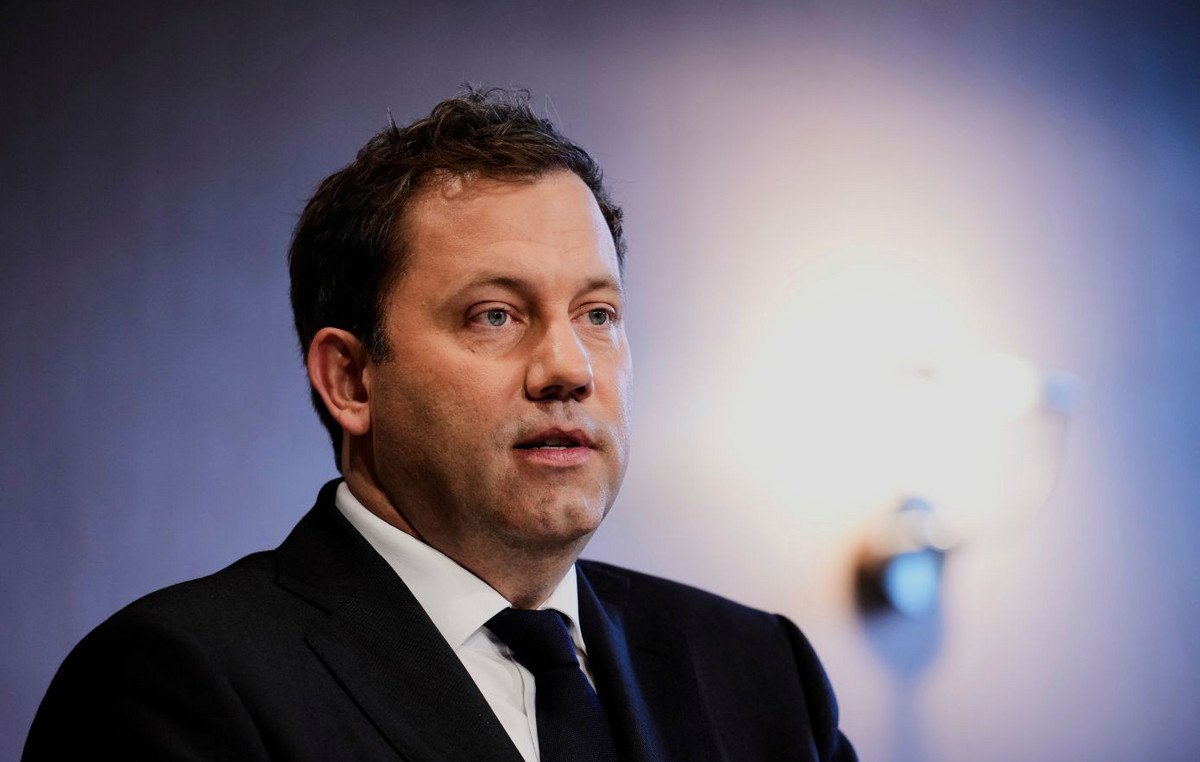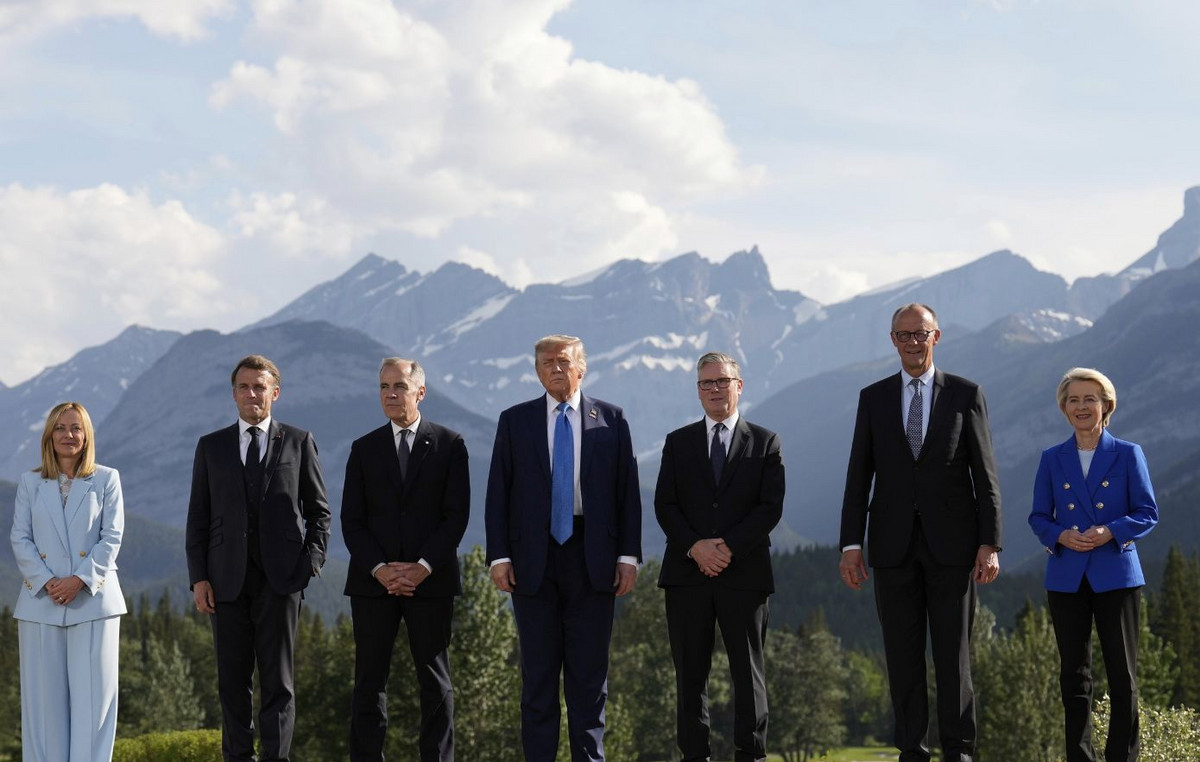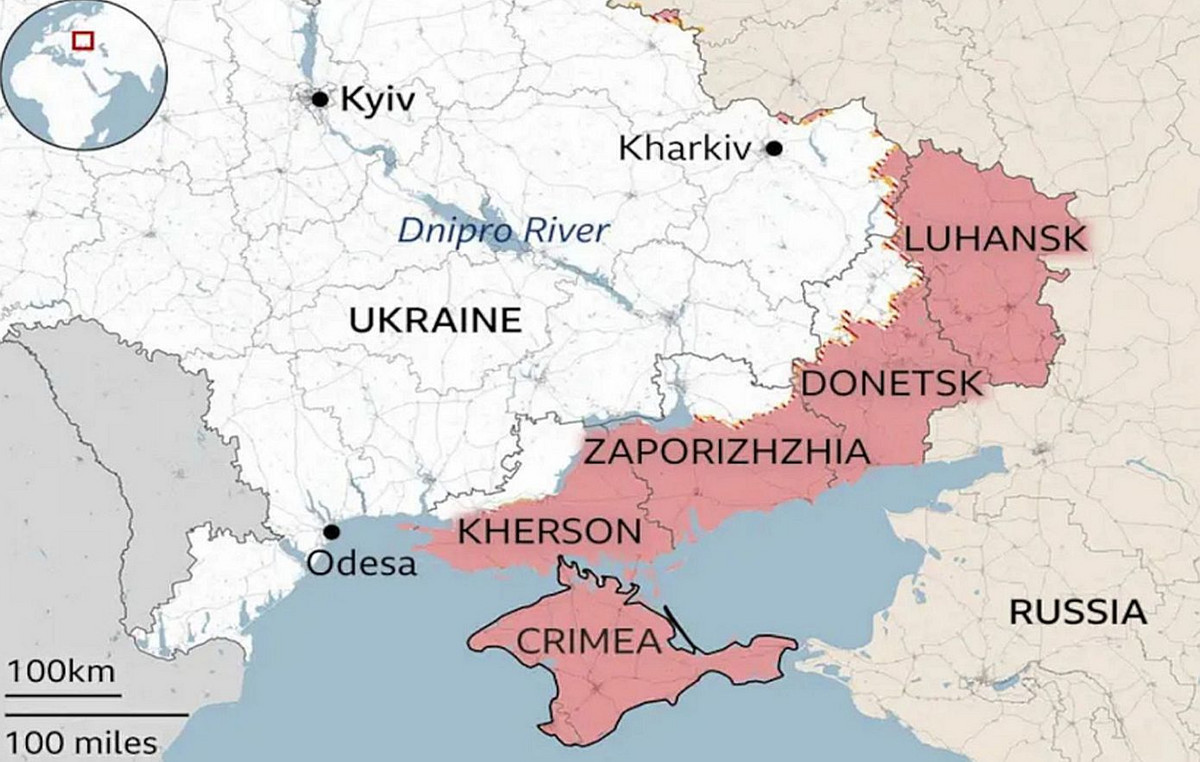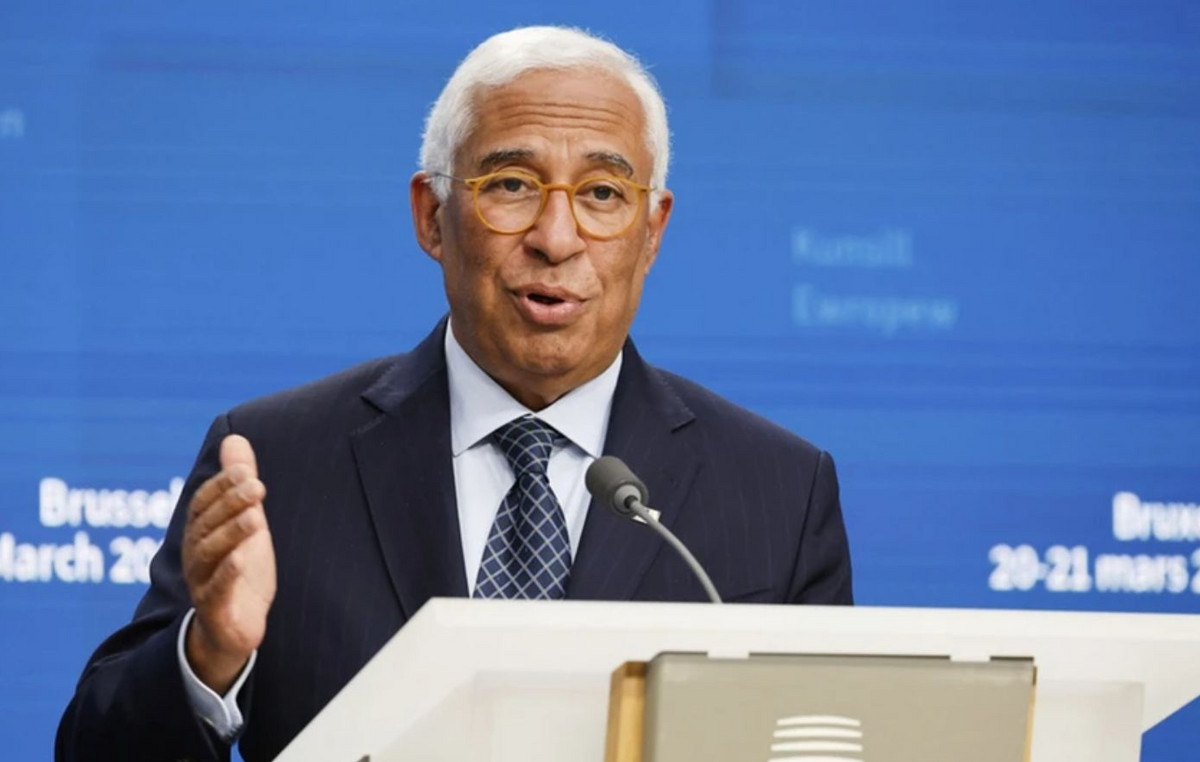- Gold price consolidates below the $1,950 resistance as attention turns to the US Services PMI.
- US markets will remain closed on Monday for Labor Day.
- The cooling in the labor market boosts the Fed’s hopes of a soft landing.
The price of Gold (XAU/USD) has been moving up and down for the last four sessions, despite the fact that the cooling of the labor market boosted hopes of a soft landing from the Federal Reserve (Fed). The weakening labor market could mean that the Fed’s interest rate hike in July was the last in the current streak of monetary policy tightening. The precious metal remains calm, but action is expected after the release of services PMI data on Wednesday.
US markets will be closed on Monday for the Labor Day holiday, so a lackluster performance is expected due to low trade volume. Looking ahead, investors expect both the gold price and the US dollar to post gains as dollar strength shifts from the Fed’s tight policy to the vulnerable economic outlooks of other G7 economies.
Market Drivers: Gold Price Awaits Services PMI for New Direction
- Gold price is trading sideways below the $1,950 resistance even as the labor market cooling boosts hopes of a soft landing from the Federal Reserve.
- The precious metal was volatile after Friday’s August Non-Farm Payrolls report, but remains above the crucial support at $1,940.
- US employers added 187,000 new payrolls in August, above expectations of 170,000 and the July reading of 157,000. The unemployment rate rose sharply in August to 3.8%, versus the consensus and previous release of 3.5%.
- Cleveland Fed President Loretta Mester said Friday that supply and demand in the labor market are reaching a better balance, but the labor market remains strong. She further added that although job growth has slowed and job openings have decreased, the unemployment rate is low.
- Wage growth slowed in August as employees appear to be shifting their focus to staying in a job rather than switching frequently.
- Median hourly earnings grew 0.2% per month, a slower pace than the 0.3% forecast. In July, earnings grew 0.4%. On a year-on-year basis, earnings growth slowed to 4.3%, versus consensus and a previous figure of 4.4%.
- The slowdown in wage growth could cut real household income and weigh on the momentum of consumer spending. In July, both the monthly headline and core personal consumption expenditure (CPI) price indexes grew steadily.
- Investors expect the US job market to continue to cool due to sharp interest rate hikes, which would lead the Fed to keep interest rates on hold for the remainder of the year.
- According to the CME Group’s Fedwatch tool, up to 93% of the odds are in favor of stable interest rates at the September meeting. By the November meeting, the odds of a no-change interest rate decision have risen to 62%.
- The US manufacturing sector seems to be stabilizing, but the PMI was below the 50 mark, indicating a contraction in activity. The PMI rose to 47.6 in August, up from 46.4 in July. The index has remained below the 50 threshold for 10 consecutive months.
- The DXY Dollar Index pulled back from a four-day high of 104.30, despite a cooling job market prompting expectations for a Fed pause.
- As most economies struggle with a vulnerable housing sector, the US Commerce Department reported Friday that construction spending rose 0.7% as outlays on single-family housing projects rose due to tight supply.
- Investors should note that US markets will be closed on Monday for Labor Day.
- This week, investors will focus on the ISM services PMI for August, which is due to be released on Wednesday at 14:00 GMT. The PMI is expected to remain at 52.6 points.
- Developing economies could suffer from higher interest rates for longer, while Gita Gopinath, IMF First Deputy Managing Director, expects interest rates to remain high for quite some time.
- Gopinath warned that external conditions had become more difficult for emerging markets due to increasing geopolitical fragmentation, tightening financial conditions and the rising costs of climate change.
Technical Analysis: Gold price trades sideways below $1,950
Gold price continued to move in the range of $1,934-$1,949 for the last four sessions after a significant recovery. The precious metal is stabilizing above the 20 and 50 day EMAs, indicating that the average trend has turned positive. The Relative Strength Index (RSI) (14) sits around 60. A decisive break above this level will likely trigger the bullish momentum.
Source: Fx Street
I am Joshua Winder, a senior-level journalist and editor at World Stock Market. I specialize in covering news related to the stock market and economic trends. With more than 8 years of experience in this field, I have become an expert in financial reporting.







